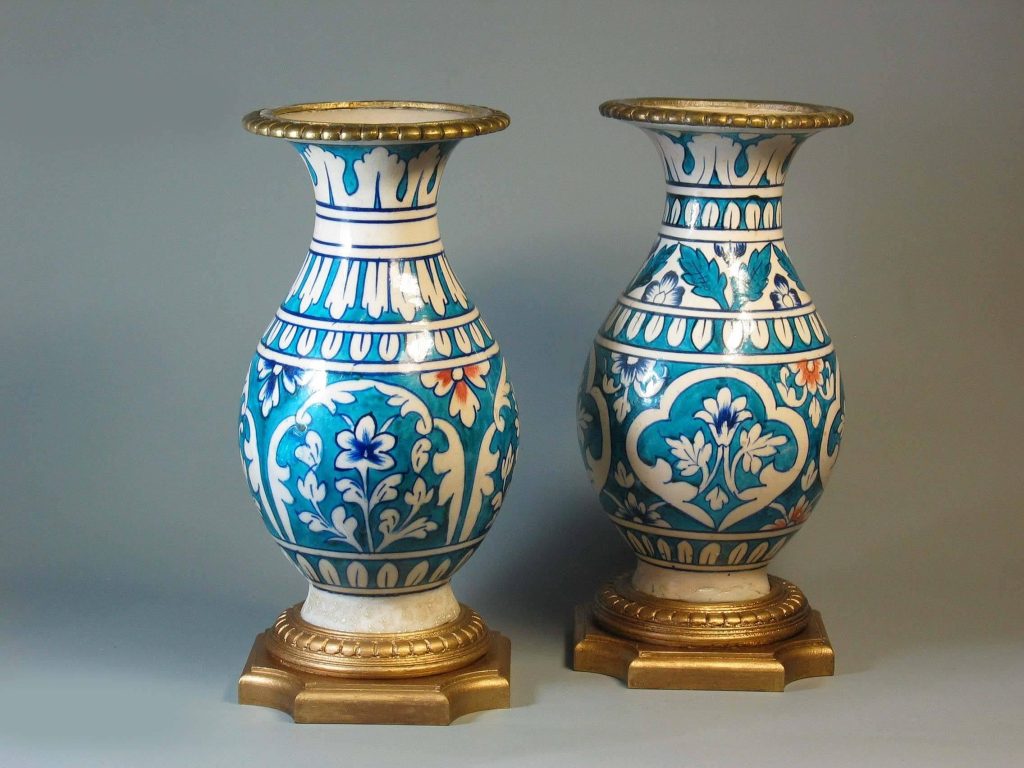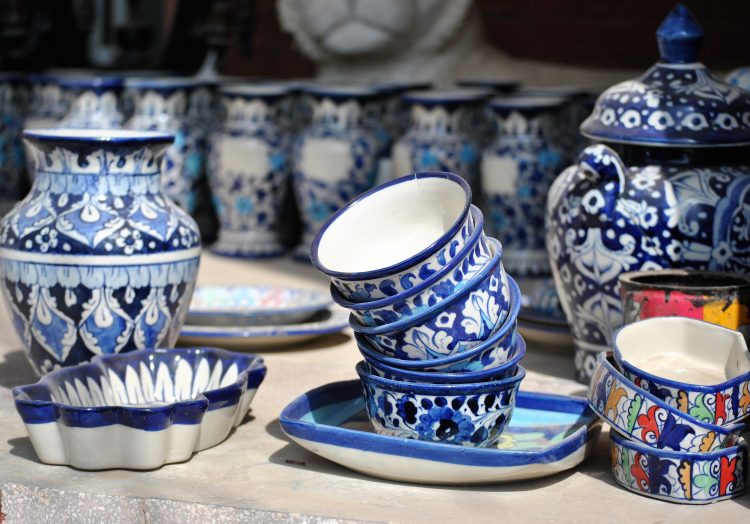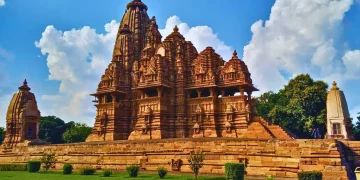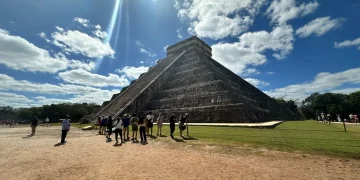Introduction to Multan Blue Pottery
In the historic city of Multan, located in the Punjab province of Pakistan, an exquisite form of blue pottery has captured the admiration of many. Renowned for its vibrant colors, intricate patterns, and graceful shapes, this pottery has a fascinating connection to Chinese blue and white porcelain. My first encounter with Multan blue pottery was nothing short of enchanting, as I discovered its deep roots and rich traditions.
The Allure of Blue: A Distinctive Hue
Craftsmen in Multan explain that the striking blue color of their pottery derives from cobalt oxide, a pigment applied before the kiln firing process. This stunning hue emerges during firing, resulting in shades that are not only vivid but also remarkably resistant to fading, high temperatures, and corrosion. While today’s artisans also incorporate yellows, greens, and reds into their creations, blue remains the quintessential color, embodying the essence of the region.
Local traditions articulate that blue represents more than just a color; it symbolizes the vastness of the sky and the depths of the sea, creating a profound spiritual connection to nature. Artisans infuse their work with devotion and reverence, believing that their creations purify the spirit and instill tranquility.

The Art of Kashi Kari
The distinctive craftsmanship of Multan’s pottery is known as Kashi Kari, a traditional glazed mosaic art form. The term “Kashi” refers to Kashan, an Iranian city famed for its stunning tiles. From the 7th to the 9th century, Persian and Iraqi artisans began creating blue and white pottery using cobalt oxide pigments, a style that gradually spread throughout the Middle East, North Africa, and Central Asia along the Silk Road.
A captivating local legend suggests that during the Yuan and Ming dynasties, Chinese blue and white porcelain was exported to distant lands, and its techniques and designs made their way to Persia before being introduced to India by the Mughals. Some narratives even trace this artistry back to the Arab conqueror Muhammad ibn Qasim, who is said to have brought these ceramic traditions to Multan. Over centuries, this unique form of blue pottery has become an emblem of the city.
The Creation Process: A Journey of Craftsmanship
Stepping into a blue pottery workshop reveals an impressive array of clay creations—light beige vases, delicate cups, elegant dishes, and ornate lamps in various states of completion. The process of crafting blue pottery is intricate, beginning with the collection of clay and quartz from riverbeds, which are then mixed and molded. After shaping, the pieces are smoothed, cleaned, and coated with glaze.
Once dried, the most exhilarating part of the process begins: artisans use brushes made from squirrel tails to skillfully apply pigments onto the pottery. They bring to life geometric patterns, floral designs, and rich colors that range from deep blues to other vibrant hues. Finally, the pieces are immersed in a white glaze to ensure an even coating before being fired at temperatures reaching 1200 degrees Celsius.
Shifting Trends: From Necessity to Art
In recent years, blue pottery has seen a decline in everyday use, as locals increasingly opt for porcelain or stainless steel dinnerware. This evolution has transformed blue pottery into a prized artisanal craft rather than a staple household item. Simple bowls and vases can be purchased at modest prices, around a few dozen Pakistani rupees. Despite this shift, traditional-style buildings—such as museums, restaurants, and public spaces—often showcase blue pottery mosaics, and some upscale dining establishments use blue pottery dishware to highlight their unique aesthetics.
Conclusion: A Lasting Legacy
As I reflect on Multan blue pottery, I am struck by the enduring legacy of this art form. It continues to thrive as a cultural symbol, bridging history and modernity, craftsmanship and beauty, serving as a reminder of the profound connections we share with our heritage.





















